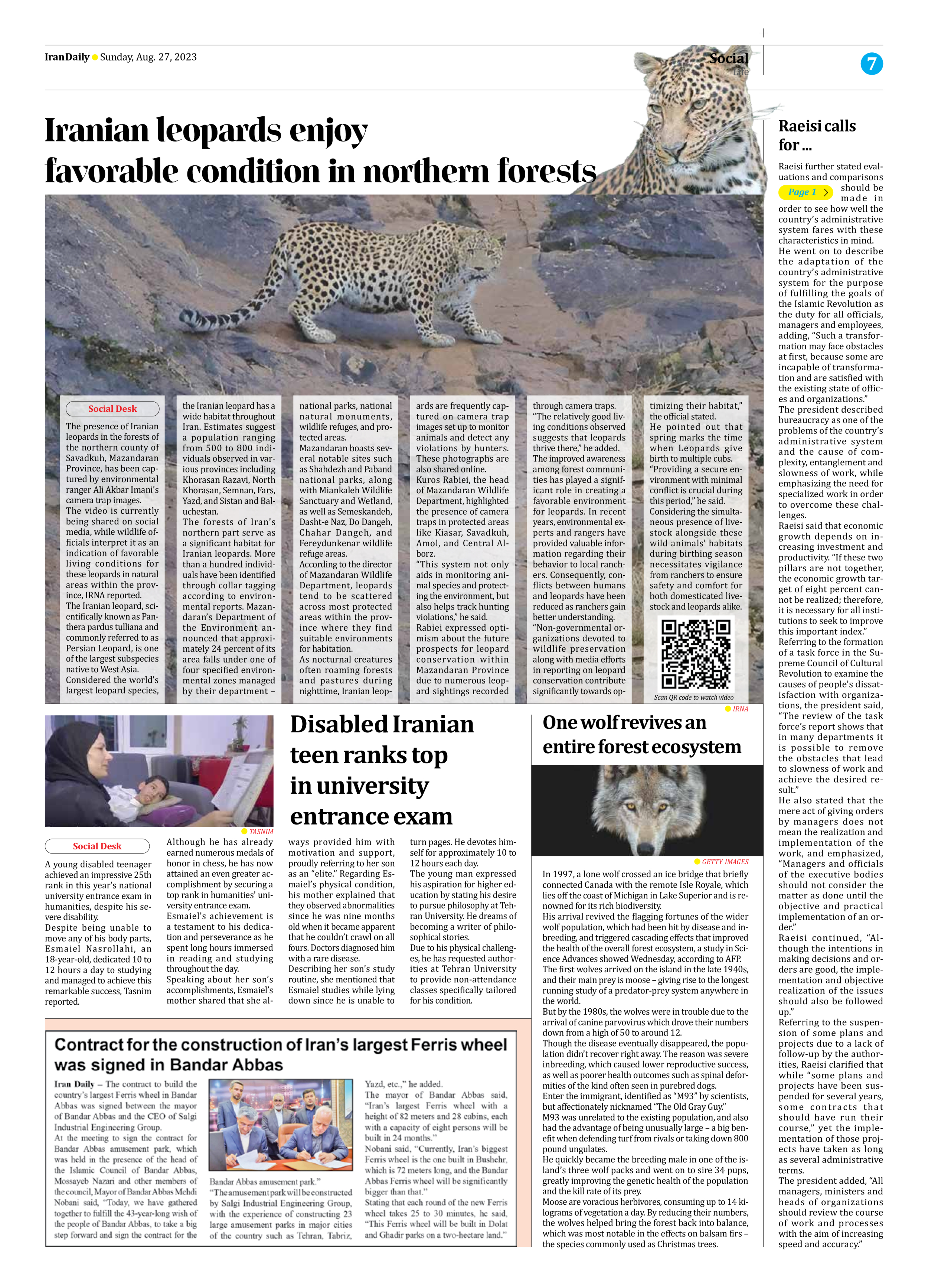
One wolf revives an entire forest ecosystem
In 1997, a lone wolf crossed an ice bridge that briefly connected Canada with the remote Isle Royale, which lies off the coast of Michigan in Lake Superior and is renowned for its rich biodiversity.
His arrival revived the flagging fortunes of the wider wolf population, which had been hit by disease and inbreeding, and triggered cascading effects that improved the health of the overall forest ecosystem, a study in Science Advances showed Wednesday, according to AFP.
The first wolves arrived on the island in the late 1940s, and their main prey is moose – giving rise to the longest running study of a predator-prey system anywhere in the world.
But by the 1980s, the wolves were in trouble due to the arrival of canine parvovirus which drove their numbers down from a high of 50 to around 12.
Though the disease eventually disappeared, the population didn’t recover right away. The reason was severe inbreeding, which caused lower reproductive success, as well as poorer health outcomes such as spinal deformities of the kind often seen in purebred dogs.
Enter the immigrant, identified as “M93” by scientists, but affectionately nicknamed “The Old Gray Guy.”
M93 was unrelated to the existing population, and also had the advantage of being unusually large – a big benefit when defending turf from rivals or taking down 800 pound ungulates.
He quickly became the breeding male in one of the island’s three wolf packs and went on to sire 34 pups, greatly improving the genetic health of the population and the kill rate of its prey.
Moose are voracious herbivores, consuming up to 14 kilograms of vegetation a day. By reducing their numbers, the wolves helped bring the forest back into balance, which was most notable in the effects on balsam firs – the species commonly used as Christmas trees.







